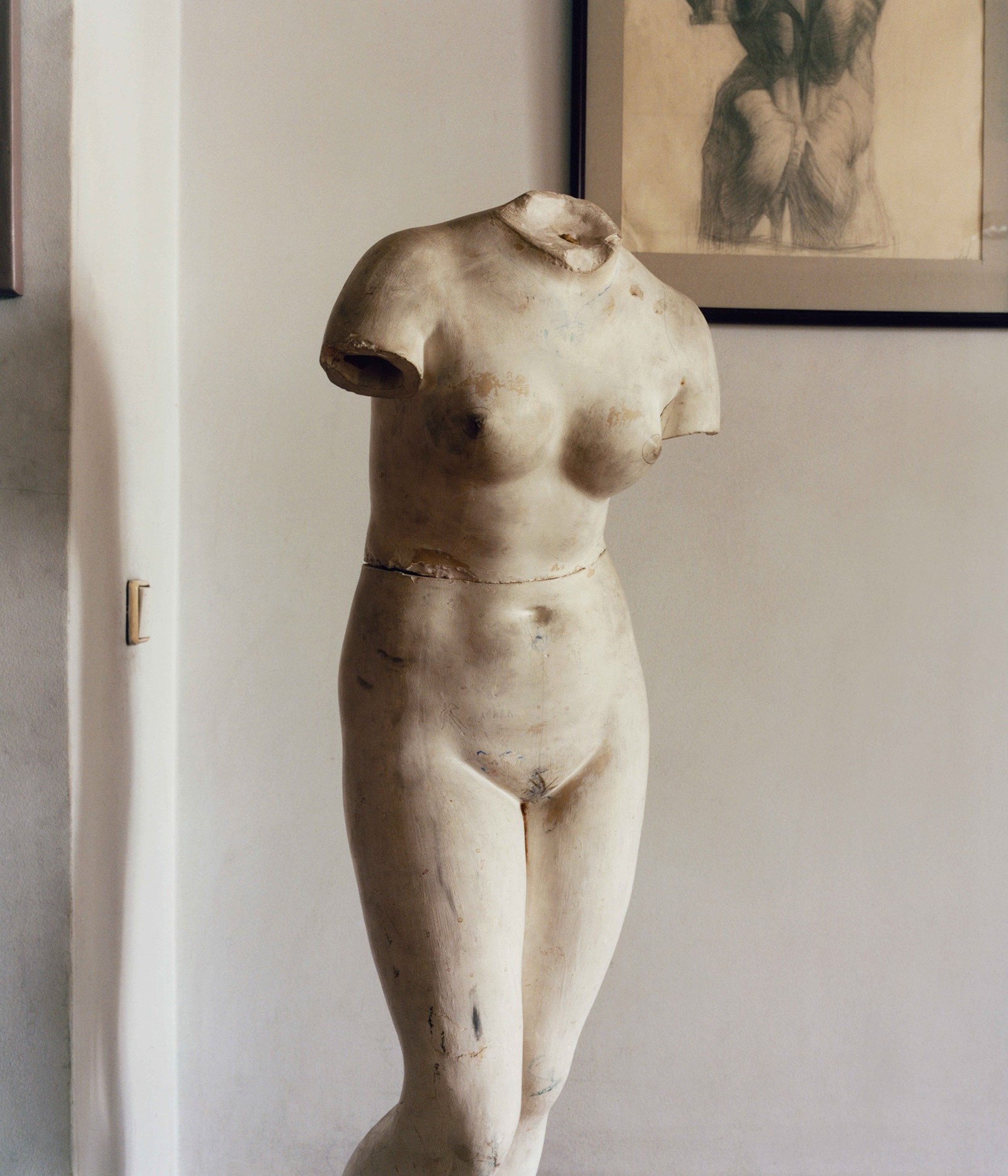There’s something about Kyiv, the capital of a country I have never personally visited but heard about every other day since working with 1 Granary’s chief Olya Kuryshchuk. It’s the best place in the world. It’s got the best people in the world. And while everyone held on tightly when the Ukrainian Revolution happened in 2014, Olya was seated behind the table in a black sweater with the country’s coat of arms displayed in white. I have rarely met anybody who loves her motherland so deeply, and perhaps, one would think, it is for good reasons. It is what reflects in the young designer crowd that’s developing in Ukraine, who use the same words of family and community when they speak of why the country is the place to be. In the words of our good friend Seena – who dropped out of CSM and now works at Google instead – Ukraine is where everything is ‘happening’. You see that fact rising to the surface in publications that circulate in our generation; how Kyiv has ‘officially’ become a better place for a weekend of partying than Berlin’s tired Berghain, or how it has the most epic secondhand markets – one is actually called the “field of miracles”.
Turning an eye to design, the country’s also seemingly gone through a change, much relating to the aforementioned patriotism spurred by the Revolution. As Olya explains, it used to be commonplace that for a designer to be respected back home, they’d have to first make a name for themselves in a city like London, Paris or New York before returning. Nobody would look at your work otherwise. Sure, there were some local talents, Elle, and a Mercedes-Benz sponsored fashion week, but there’s a change in energy. Late in the summer of 2017, a cohort of young designers – including our friends Masha Reva and Anton Belinskiy – staged a fashion week for designers, by designers in Kyiv. Refreshing, because nearly all fashion weeks around the world are staged by big institutions (for understandable reasons, such as network, infrastructure and sponsorship), but hardly any of the individuals involved in those operations has actual knowledge of what goes into designing a body of work, and how to best support and promote a designer’s vision. The country’s fashion education doesn’t necessarily help talents to become as business-savvy as America-educated kids might be, but they’re streetwise, well-connected, and receive training so practical that it enables them to design and make the garments by themselves without requiring any outside help. That’s quite a contrast already with the education model of a creative school, where the focus is on ideas and self-expression, but designers are left to their own devices and rely on short tutorials or extra-curricular classes to learn the practicals – or, as often happens, they have to outsource these skills.
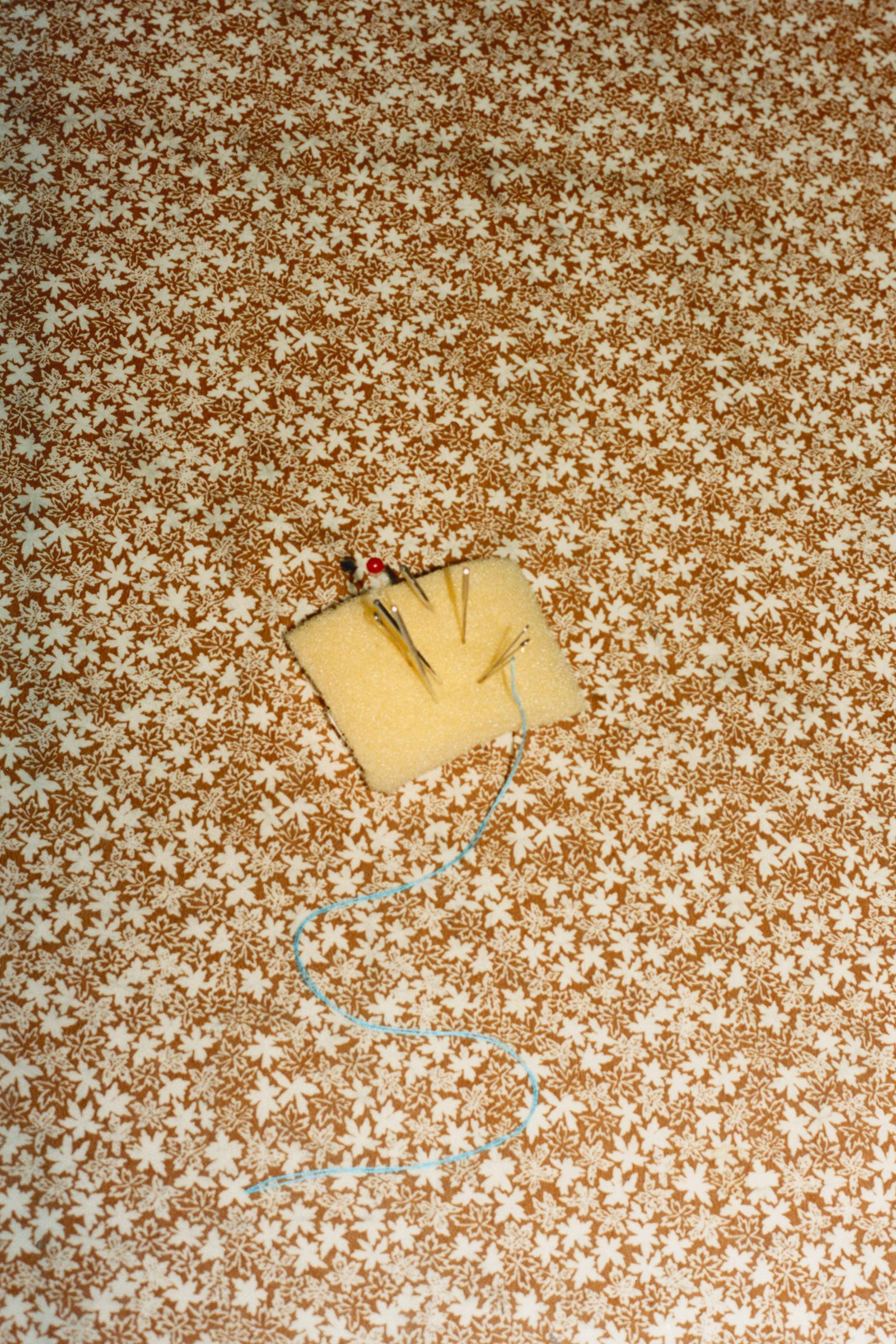
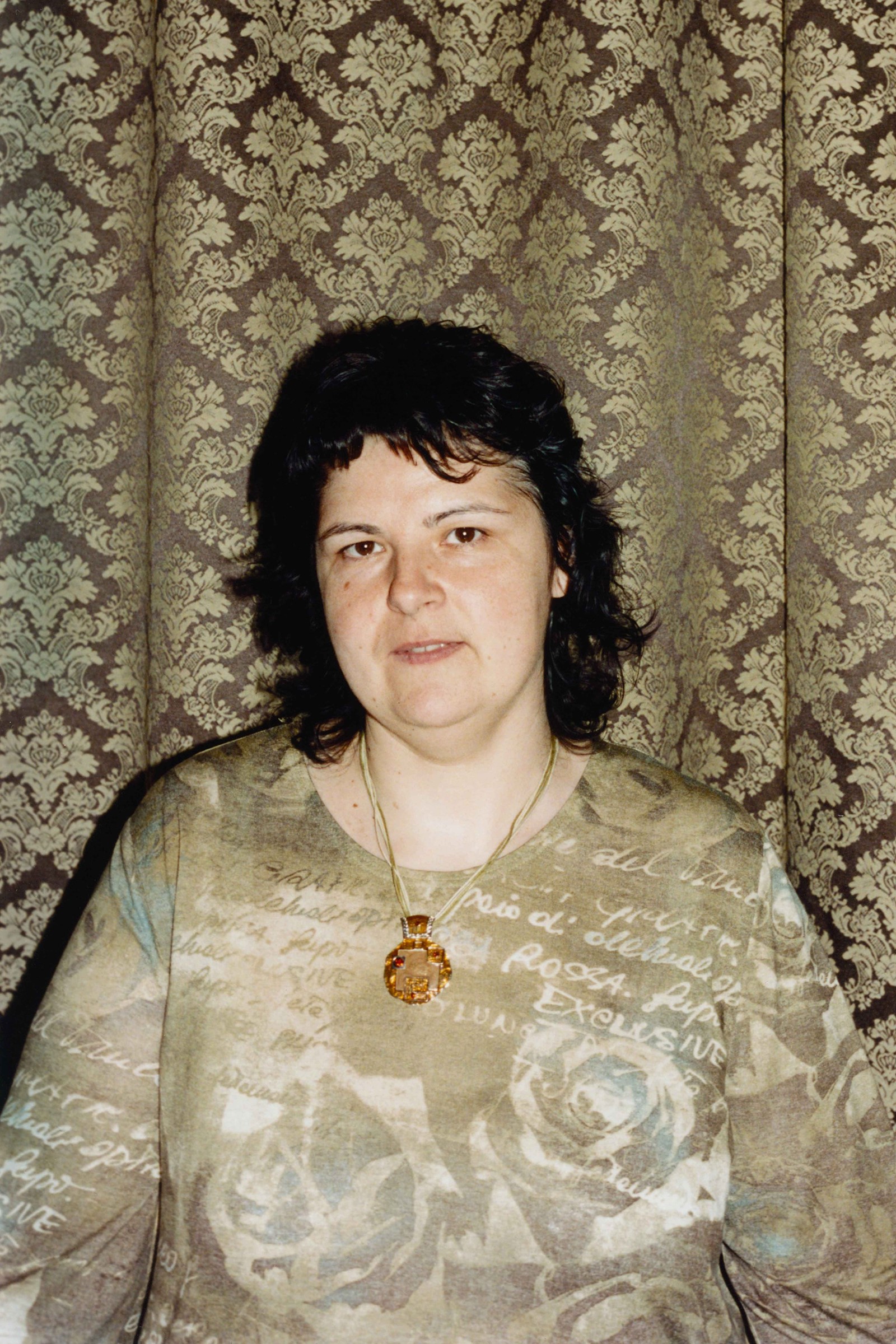
But is it always necessary to get a full bachelor’s degree in this field to ‘make it’ in Ukraine? Julie Paskal – whose work was in Colette’s windows two consecutive Paris fashion weeks – would disagree, stating that the designer requires an education, but not necessarily in fashion. “The designer should be diverse, and I think that any education imposes its imprint on the designer’s work.” Having graduated from architecture herself, Julie sees the importance of creative fields like arts and music, but argues that one needn’t necessarily limit oneself to that. “I believe that even economical, social or political education can become a good platform or interesting starting point. Each designer needs to have basic knowledge about garments, fabrics and construction, but it doesn’t define a designer’s success.” Having received education from both Kyiv’s National University of Technology and Design (Київський Національний Університет Технологій та Дизайну) and Central Saint Martins’ MA Fashion in London, Masha Reva feels that education is indeed vital, yet the best part was meeting like-minded people and learning from one another. “Looking back, I have to say I’ve spent many years studying in Kyiv and London, and I wouldn’t have been myself without this experience.”
“I believe that even economical, social or political education can become a good platform or interesting starting point. Each designer needs to have basic knowledge about garments, fabrics and construction, but it doesn’t define a designer’s success” – Julie Paskal

There’s a sense of freedom after the Revolution in Kyiv when it comes to design. “I like the feeling of the beginning,” says Dasha Lagenberg. In her view, it’s the originality – without a system and strong rules – that helps the scene to flourish. “Maybe it’s not the easiest way to develop, but I do not focus on it.” Masha agrees on that part: “Kyiv and Ukraine are quite chaotic, there are no rules. Sometimes it’s difficult to make things work, but the people here are the best part. I think we all are proving that it’s always possible to create something out of nothing, that good energy is all you need.” Julie digs in, saying that after recent politics, “Ukrainian youth got new energy, and I am in love with this young creatives’ movement. They are so dedicated, positive and have a strong belief in the bright future of their country. They inspire me so much. Moreover, I am based in Odessa, a beautiful city on the seashore,” she says of the benefits of not living in a more ‘typical’ fashion metropole. “For me, this is also an argument. The sea is my place of serenity, inspiration and getting rid of negative thoughts. I am a mother of three kids, and I want my children to be raised here: near the sea, near my home, near my family.” However much the beauty of countryside life helps to inspire the design work and offers a different standard of living, Julie does think the work cannot exist in isolation. “Our business also develops in Paris,” she explains. “We hold the show there, we have the sales showroom there, and we work with a Paris-based PR agency. We need this to bring our business to the next level. Unfortunately, it is hard to do that without being in an international fashion context.”
“Ukrainian youth got new energy, and I am in love with this young creatives’ movement. They are so dedicated, positive and have a strong belief in the bright future of their country” – Julie Paskal
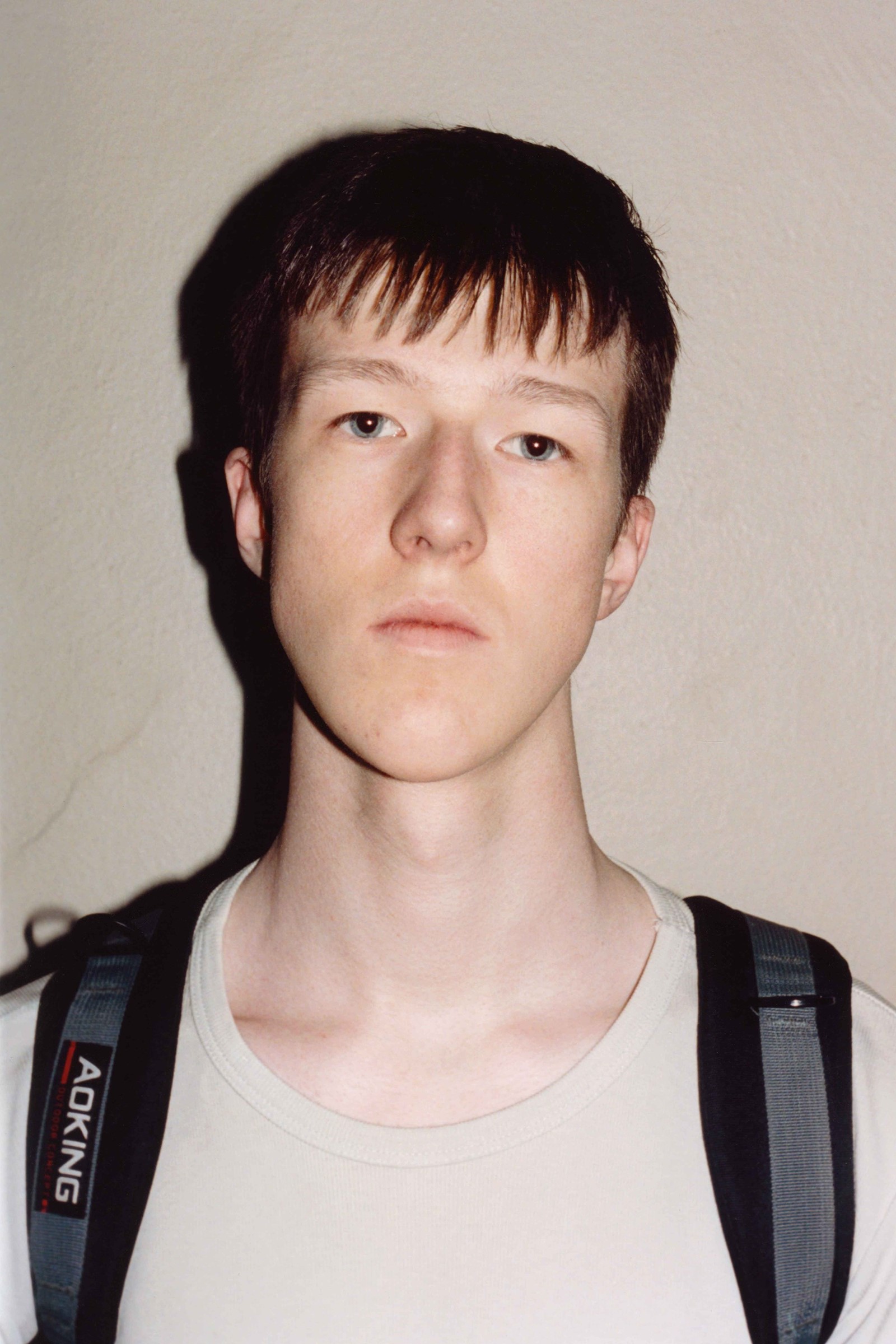
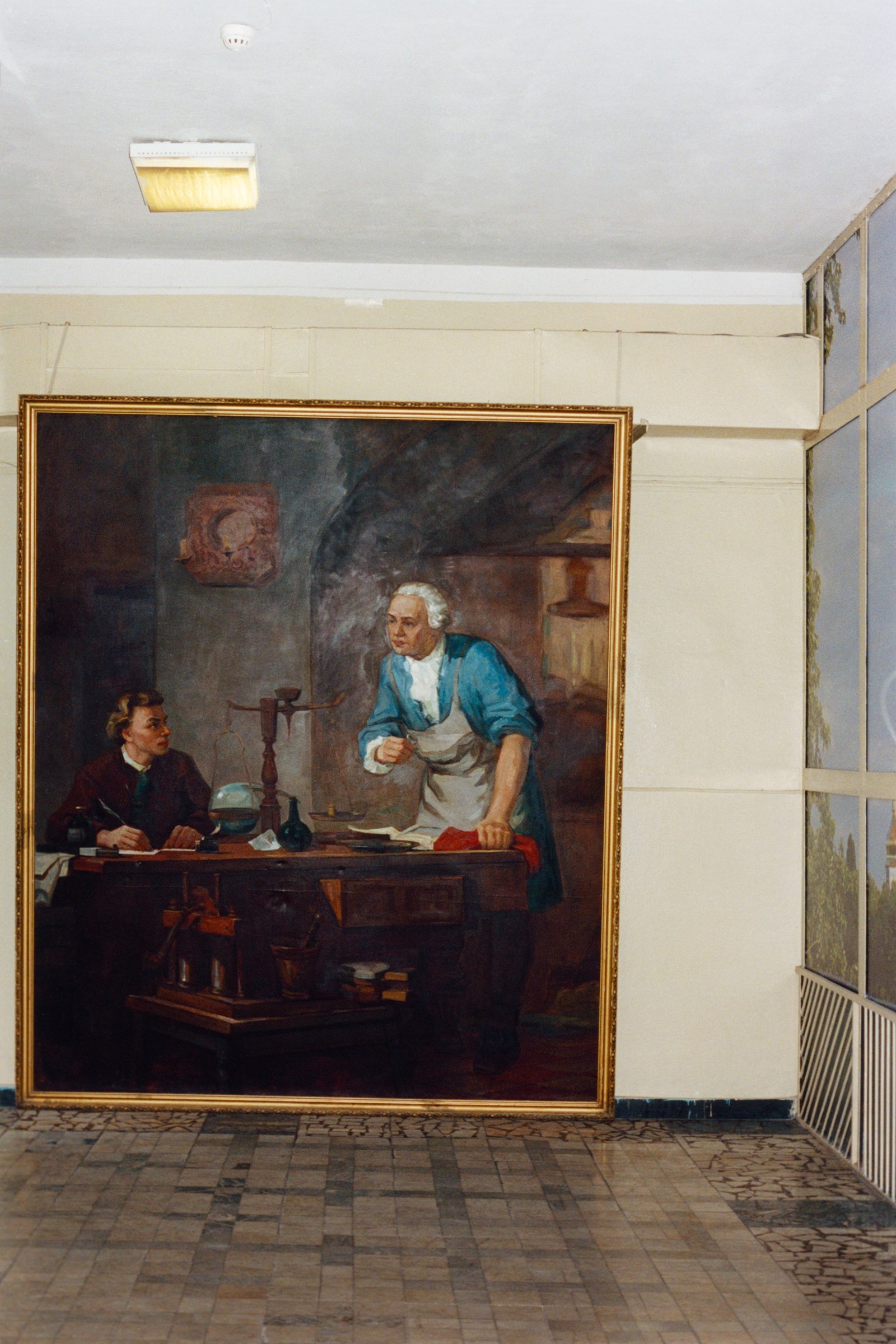
Through the ‘fashion week’ that they together host – it is an elaborate spin-off of Anton Belinskiy’s One Day Project from 2016, which brought together designers, musicians and artists – they are bringing more interest to Ukraine as a country that produces creative talent. All the while, the designers agree that it’s difficult to create something without having any proper support. Yet, they decided to launch the fashion week by themselves, “because the existing Ukrainian fashion weeks didn’t satisfy our requirements, or satisfied them partially,” Julie says. “Ukraine is now on the brink of big changes in each sphere of life, and everyone is filled with energy to change something old. Some of the designers decided to unite and create something alternative without old commercial approaches, something more underground. This project is rebellious, and we all felt like teenagers while working on it,” she says enthusiastically. “We had fun, we had drinks, we had an endless flow of great ideas. Our meetings were filled with this unique insurrectional creative energy. It’s almost like drugs. And our strong desire to do this and to change the situation helped us to find finance, and to create something quite raw, but 100% new and sincere.” Masha is of a similar mind: “I have a feeling that it’s simpler to create something new rather than trying to make old things better.”
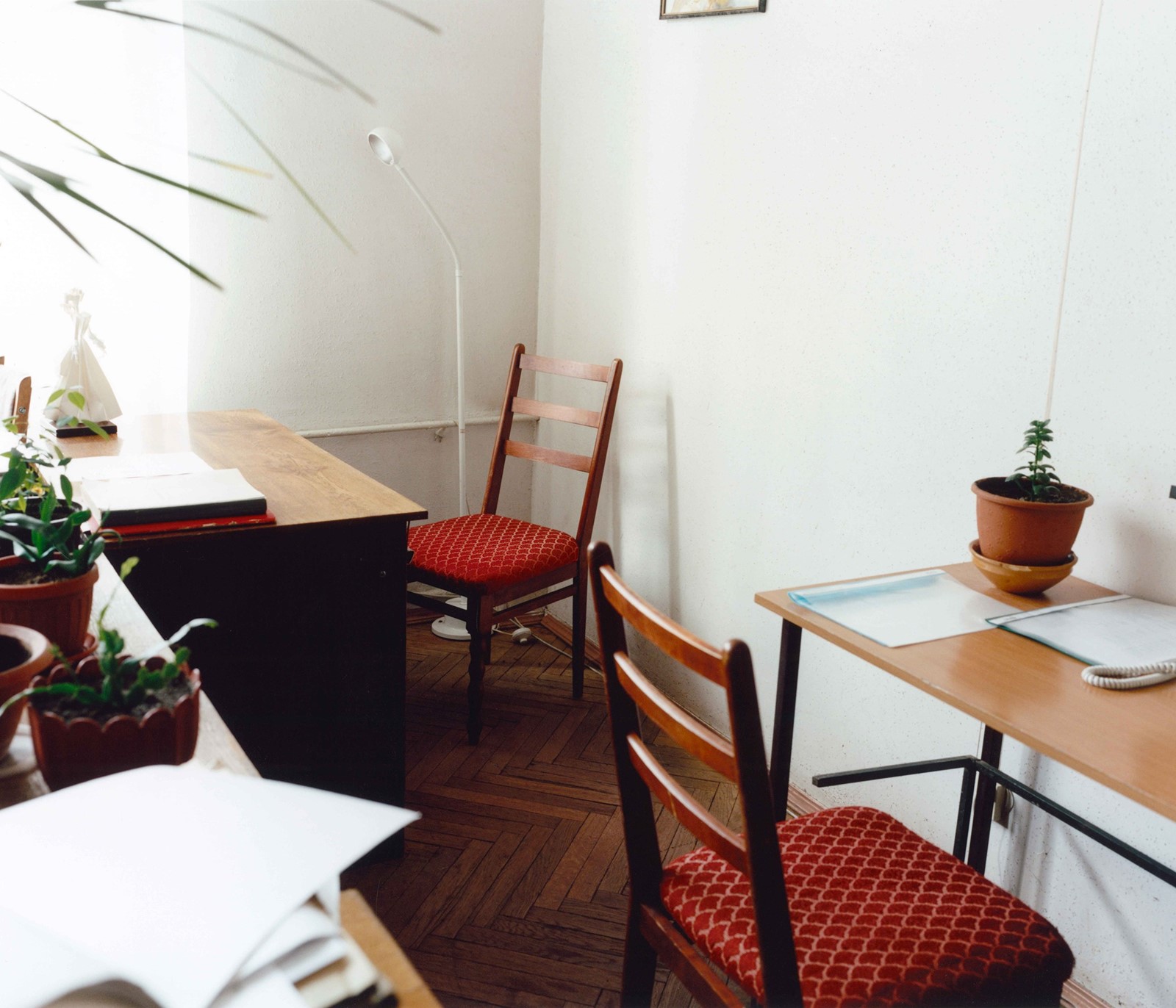
“Ukrainian fashion is so diverse,” Julie continued. “That’s why it can be interesting. There are young designers with big potential, who have international orientation, and there are old-school designers who are interesting as the object of observation and exploration. This unique combination of old and new, rich and poor, good and evil, clean and dirty is so attractive and unattractive at the same time.” She concludes: “Ukrainian fashion is not even an industry at the moment – it feels like an institution where you can explore Ukrainian culture, society, politics and values.”
So, perhaps we should indeed all do what 1 Granary’s chief has urged us for the past few years: pack our bags, board a flight, and dive into a culture so rich yet untouched, raw, expanding and promising. All the while, I am wondering when that black sweater with Ukraine’s coat of arms will resurface in the office. After all, ‘it’s happening’.
This article originally appears in 1 Granary, out from December 6, 2017.
